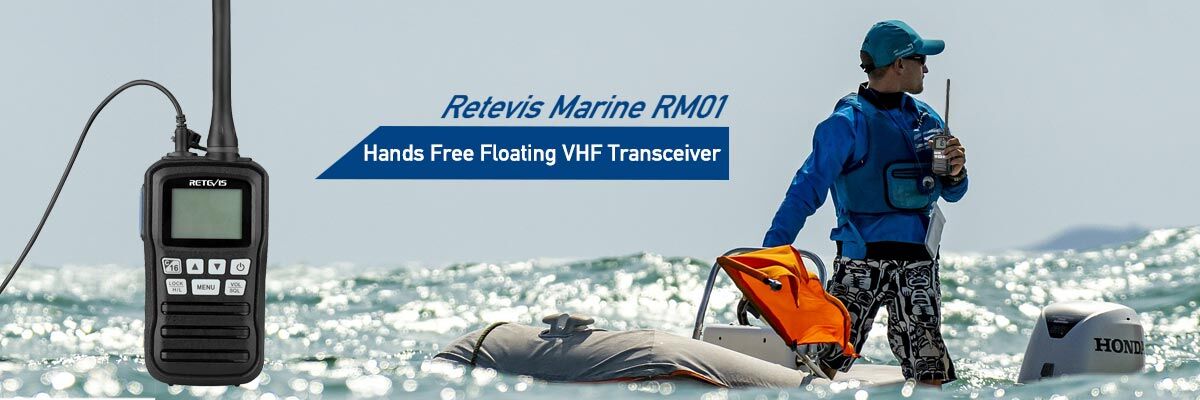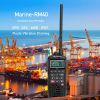Distress frequencies and calls

In a boating emergency you must know how to call for help or recognize when another boat is calling for help. You should be familiar with standard radio procedures that are used by vessels, including distress frequencies and calls. Different marine radio transceiver has different frequency:
Marine radio transceiver Distress frequency
VHF Channel 16 with Channel 67 as a supplementary
MF/HF 2182, 4125, 6215 and 8291KHz
27MHz 27.88MHz(Ch 88) with 27.86MHz(Ch 86) as a supplementary
The distress call should only be used if your vessel is threatened by grave and imminent danger and you are requesting immediate assistance. It has absolute priority over all other transmissions and may only be transmitted on the authority of the skipper or the person responsible for the safety of your vessel. Repeat the distress call as often as necessary until you receive an answer. If no answer is received on distress frequencies, you may repeat the call on any frequency where you believe you might attract attention. Do not use the distress call in situations where an individual person aboard your vessel is threatened with immediate danger, such as a medical emergency. You should make an urgency call in these cases.
The urgency call should only be used when you cannot justify use of the distress call but have a very urgent message. The urgency call is used to transmit a message concerning the safety of your vessel or the safety of a person on board. You may make an urgency call on a distress frequency or any other frequency on which you believe attention might be attracted. Only make an urgency call on the authority of the skipper or person responsible for the safety of your vessel.
The safety call should be used if you wish to broadcast an important navigational warning to other stations. An example of when the safety call should be used is if you have sighted a large floating object that could damage the hull of a vessel. You may make the initial safety call to all stations on a distress frequency. However, a safety call is more likely to be made by a coast station or a limited coast station operated by a marine rescue association. A safety call may include important weather warnings such as severe thunderstorm or gale warnings.






